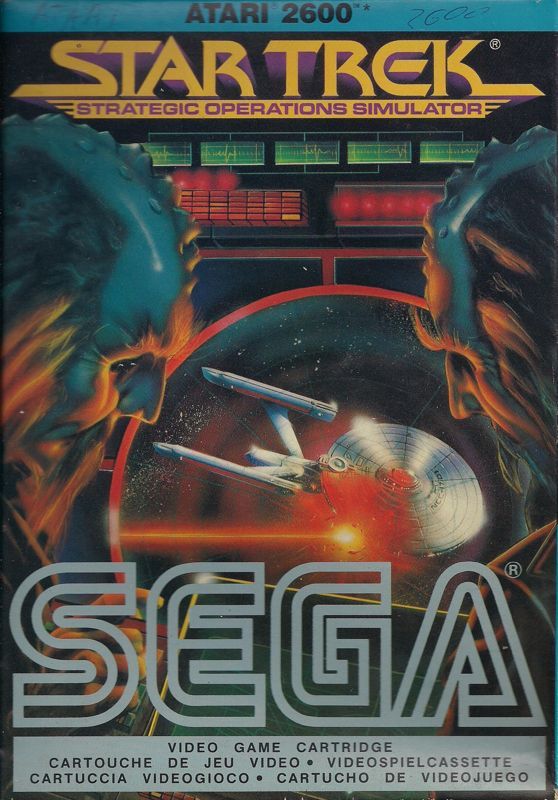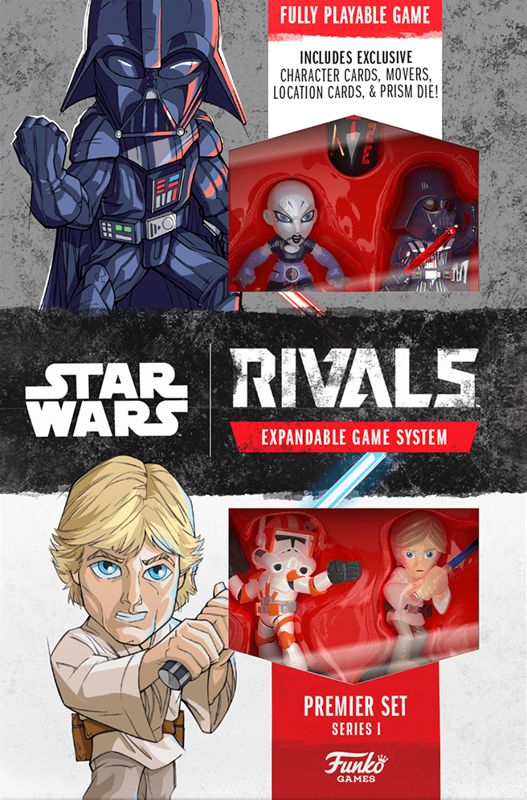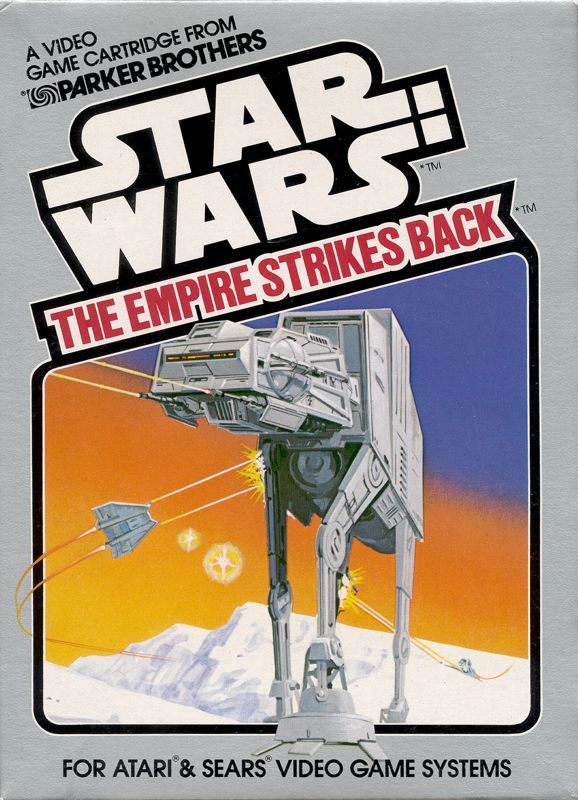
Though hugely popular – in thanks due to its superb visual design and excellent production values – I’ve never really been a fan of TeeTurtle’s Unstable Unicorns. It’s a straightforward game that plays well with more casual gamers, but it feels extremely chaotic and games can last for anywhere between ten minutes to an hour and a half, often just due to the luck of the draw. There’s very little you can do to stop a runaway player who’s in the lead (unless you’ve stocked up on your neigh cards, though even then you’re somewhat reliant on others to also have them) and it all just feels a little too random for my liking.
Thankfully, Here to Slay brings a bit more control to the proceedings, with the beautifully cute creatures here – rather than simply being put in play to fill a ‘stable’ – forming RPG-style parties and slaying oversized monsters.
You choose a party leader – who imparts a pretty powerful bonus throughout the duration of the game – deal a hand of cards to everyone, turn over three big monsters and off you go.

With players having three action points to spend per turn and a variety of options to pursue, there’s less feeling hemmed in and more of a sense of control over your turn, especially as action points can buy you as many new cards as you can afford or set you on the path to slaying one of the beasties represented on the big monster cards.
That’s another nice aspect – there’s two ways of winning Here to Slay: you can win either by having a party that contains one of each character type or by slaying three monsters. It’s refreshing to have more options on the table and each strategy tends to be pretty viable at most points of the game.
Instead of ‘neigh’ cards to block your opponents from playing their cards, you have challenge cards (the closest equivalent to the Unstable Unicorns method of blocking a player move) and modifier cards which can change the result of dice rolls; characters in your party each have abilities which are activated by rolling above the difficulty number next to the ability on the card – roll equal or above that number and the ability can be carried out.

Modifiers throw a spanner in the works by adding or subtracting to a roll; players can play these on themselves to improve their roll or on other players to make them fail. Like the neigh, sometimes success is simply about running your opponents out of their modifiers by continuing to attempt skill rolls, or rolling a number so high that their modifier cards won’t help. The dice rolling is luck, sure – but smart players will wait until they’re stocked up on modifiers before tackling the monsters.
Speaking of those monsters, they’re a less cute collection of nicely designed creatures that come with powerful effects if you slay them, though there’s also a detriment in most cases if you roll under a specific target number. It adds a nice element of risk and reward to the attempts to slay them.
Unfortunately – like Unstable Unicorns – Here to Slay can still feel a little chaotic, and there’s the problem of the game’s length being hugely variable, which speaks to poor game balance design in my opinion. That said, given the choice, I’d opt to play the slightly more involved and more open Here to Slay, if only because it does give you an awful lot of options and control over what you do in each turn.

Again like its stablemate (pun intended), Here to Slay’s visual design and overall production quality is hard to criticise, with wonderful illustrations and nicely designed packaging throughout. Ability text on party leaders and monsters is so small that it often goes forgotten, however, which feels like a bit of a flaw. There’s a lot of space given to the artwork – which you can understand, given how nice it is – but it would have been nice if more attention had been paid to making the cards a little more clear to read in terms of their in-game benefits.
The two six-sided dice included are pretty solid, however, and have a unicorn horn on the ‘1’ side, which adds to the consistent visual design of the game. Though used for quite a few actions and adding further randomness to a game that can already feel like it’s erring on the side of too random, it does make the combat – and consequently, the game – a little less predictable, though not necessarily in a bad way.
Though not quite the RPG-lite experience it’s aiming to be, Here to Slay is a fun enough diversion with the right players. It’s definitely not a ‘gamer’s game’, but for more inexperienced or younger players, it’s certainly a step up from the usual roll-and-move dullness of most mainstream board games.
You can buy Here to Slay from Amazon here.
Enjoyed what you’ve read? Want to support my blog? There’s no pressure of course, but every penny helps to keep this site running, as I earn no income from my writing here (though I may earn small fees from affiliate links posted on my pages).
However, I’d be truly grateful for any support that you could offer – and it’s easy to do so at either of these links: Ko-Fi.com/geekmid or PayPal.
Any donations are truly appreciated – and I also appreciate you taking the time to read my articles. Thank you so much!

Help support me here!
All donations are gratefully received and will help me keep the lights on here – as well as help to keep my writing dream alive! Please be aware though: there’s no pressure. I just hope you’ve enjoyed reading my article!
£1.00






Leave a comment